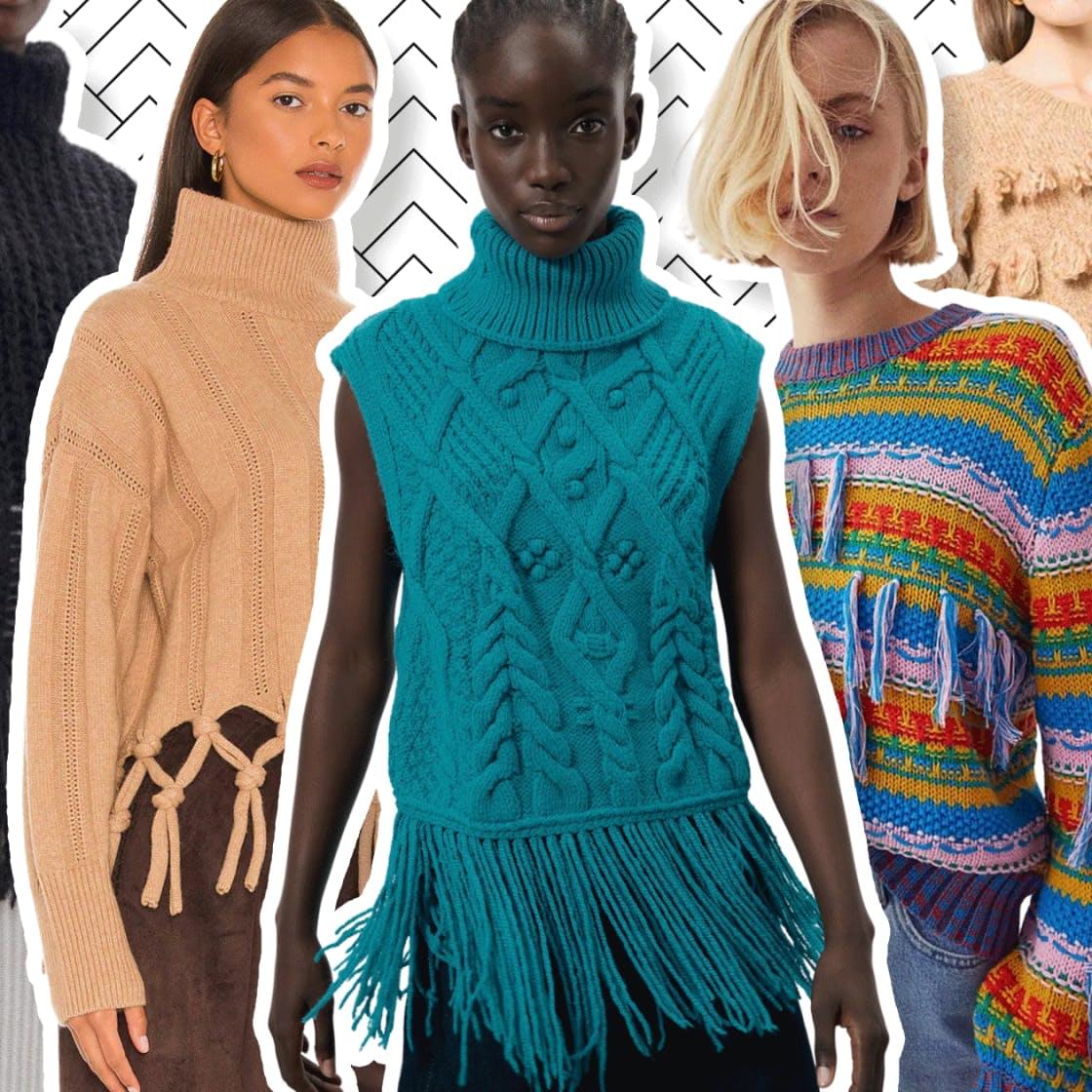If you have ever been to a fabric store or a hobby website, you will have noticed the vast array of yarn and wool varieties. In particular, you will have noticed what knitting hobbyists call chunky, a term loosely and frequently used in the world of yarn that describes the grey space between worsted and super bulk. The term’s technical use allows a certain flexibility, referring predominately to any yarn thicker than aran with a weight of five. Thanks to the Craft Yarn Council of Ireland, a scale exists to measure yarn using keen empirical methods. In short, chunky yarn is thicker, made clearer yet through scrupulous examination of your grandmother’s knitting basket. The natural thickness of wool places it in those warm categories of yarn most easily made chunky through spinning.
But where does chunky wool originate from?
Irish wool has a long historical relevance: from the political to the economic and social. It begins its journey after it is sheared from a sheep. A kind of sweet reciprocity occurs between person and sheep during the shearing process, wherein the person collects a valuable textile for keeping warm in the winter and the sheep loses a dense and irritating weight from its physical corpus. When well-loved and tended to, a sheep is more than man’s best friend; for a man cannot wear the coat of his dog, except under the most unusual of circumstances.
“There is, in the art of spinning, some delicacy and patience required for clean skeins; threads eventually turned into yarn.”
After the shearing, the wool undergoes a sequence of sorting and carding procedures, typically done by hand to separate the cleaned wool into locks and rolls which are then fit for spinning. There is, in the art of spinning, some delicacy and patience required for clean skeins; threads are eventually turned into yarn. The chunky variety of wool yarn develops a characteristic thickness while undergoing the spinning process. This chunky yarn is processed and sold across the globe to weavers and entrepreneurs who, following trends, sometimes produce and sell chunky socks, legwarmers, mittens and gloves. But this chunkiness is not limited to these articles of clothing. Chunky wool can be used to make jumpers, jackets, beanies, balaclavas and more, suggesting that a degree of practicality does pair with fashion, which many of us may have previously doubted.
In addition to offering a fashionable alternative to plain-woven articles, these chunky wool pieces offset the banality of wintertime wardrobes. When matched properly with colour patterns, these wools reinvent visual depth and texture, hinting at their own warmth and the figure beneath them. Moreover, these statement pieces create a nostalgia for the craftsman: the obsession of knitting not just for application and survival, but also for focused entertainment. In an age of increasingly mild winters, induced by climate change, one must ask if wearing these accessories even has a practical use anymore. Still, a person wearing chunky wool articles should always try to appreciate some aspect of the craftsmanship that was necessary for their creation, from the artful shearing of the sheep to the delicate needlework, by person or machine, to weave them into something worn.
“Founded more than a decade ago, the Trinity Knitting Society provides a cosy atmosphere for knitters and obsessive stitchers from all across the Trinity College community.”
Founded more than a decade ago, the Trinity Knitting Society provides a cosy atmosphere for knitters and obsessive stitchers from all across the Trinity College community. For any and all knitting or yarn-related needs, or to join the society, do not hesitate to drop them an email or pop them a DM on Instagram (@tcdknitsoc).






